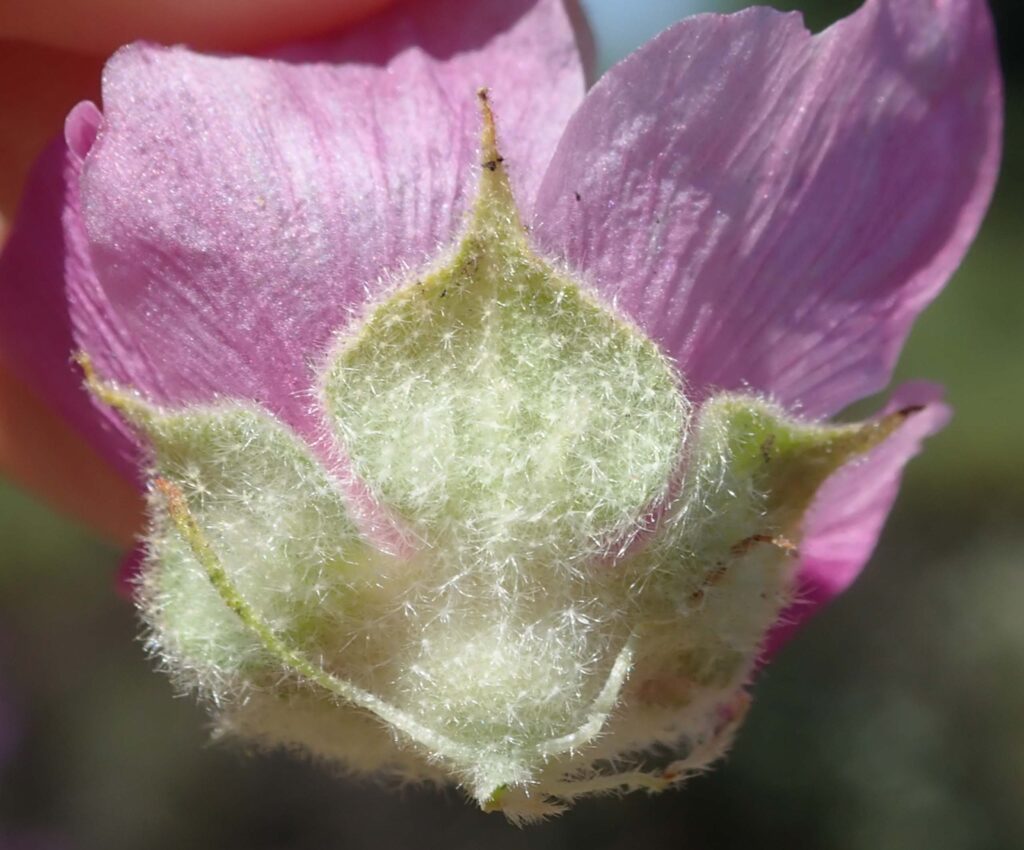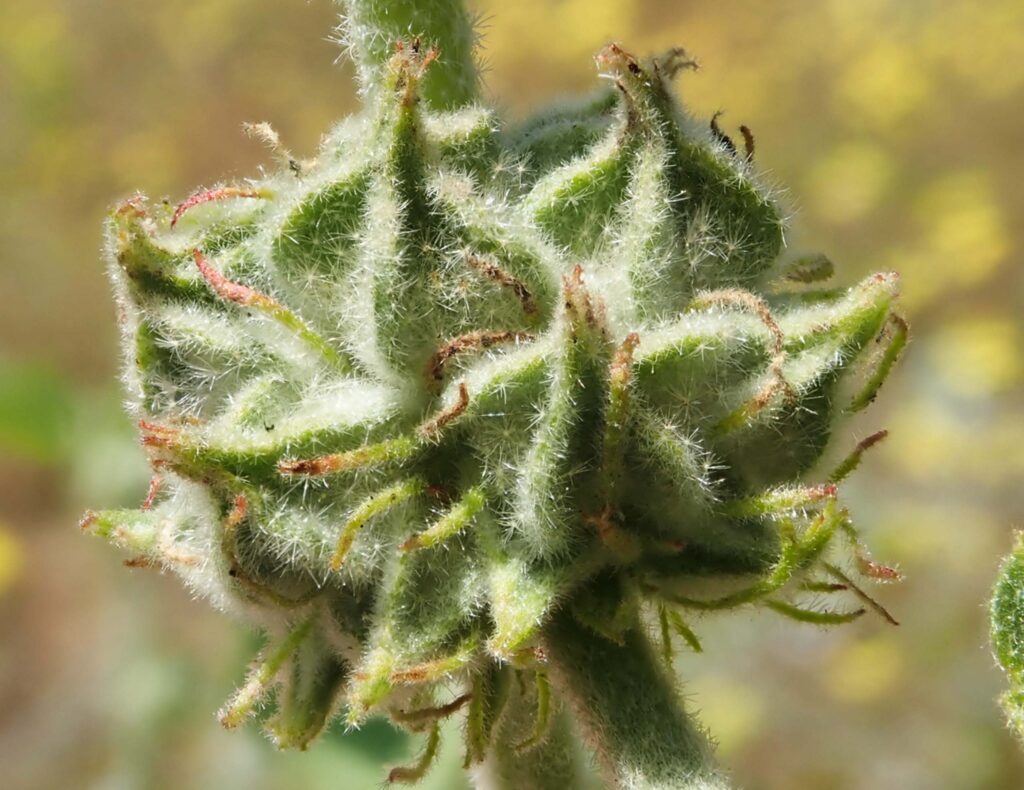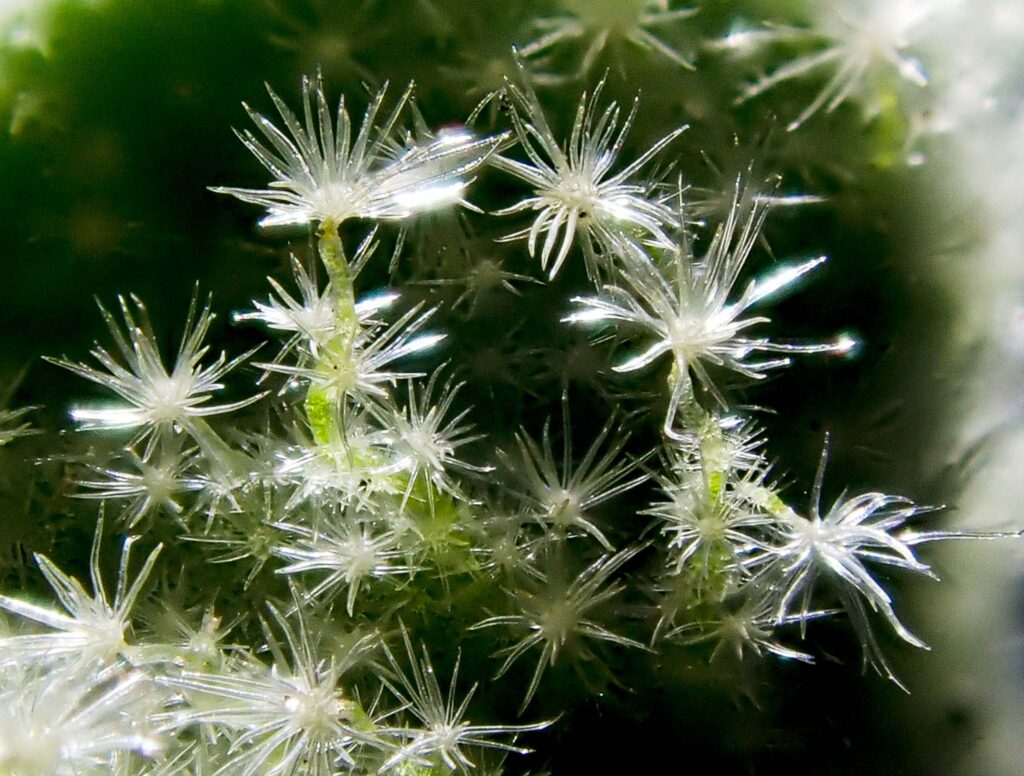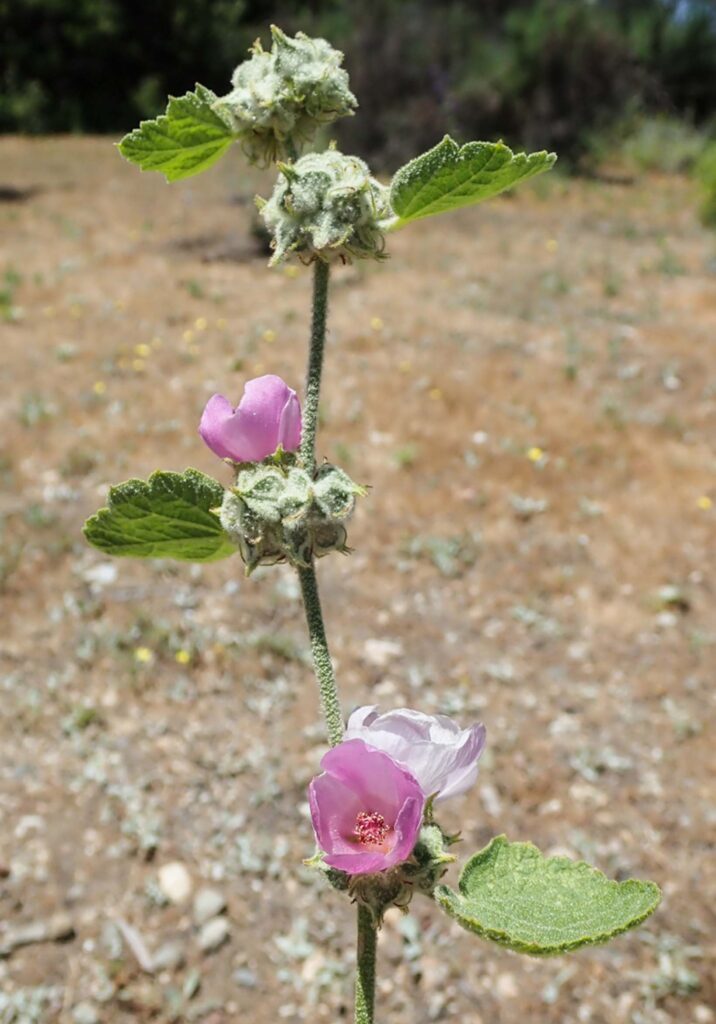
Keir Morse, the 2019 Shasta Chapter CNPS-sponsored Northern California Botanists Student Botany Research Scholarship awardee, did his graduate work researching the genus Malacothamnus, the bushmallows. Keir wrote to us recently to share some great news about his work. (For context, the species in this genus are fire followers, coming up in the winter or spring following a fire and persisting for only a few years, but the seeds remain viable for decades or even centuries.)
From Keir:
I wanted to share that I have published my Malacothamnus research as a three-volume, open-access monograph of the genus. Most people will only be interested in the third volume, which includes a new treatment of the genus and conservation assessments.

For those who want to dig deeper, the first two volumes go into the details of the evidence used in making the taxonomic decisions for the treatment. Volume 2 also describes three new species. Links to all three volumes, two earlier Malacothamnus papers, and a couple video presentations on Malacothamnus can be found here.

Most relevant to the Shasta Chapter is that I have described the new species Malacothamnus astrotentaculatus, which is endemic to Shasta and Tehama counties.

More post-burn surveys are needed to document the range of this species, so it would be great if some Chapter members want to get involved in that. I have a couple leads on possible locations that need to be better documented, and there are probably many other locations that aren’t yet documented as well.
Please share widely with anyone who might be interested. And should you come across one of these fire followers in your own ramblings, please let us know and we will be sure to get the information to Keir. Write to us at ShastaCNPS@gmail.com with your observations! ~Shasta Chapter CNPS

